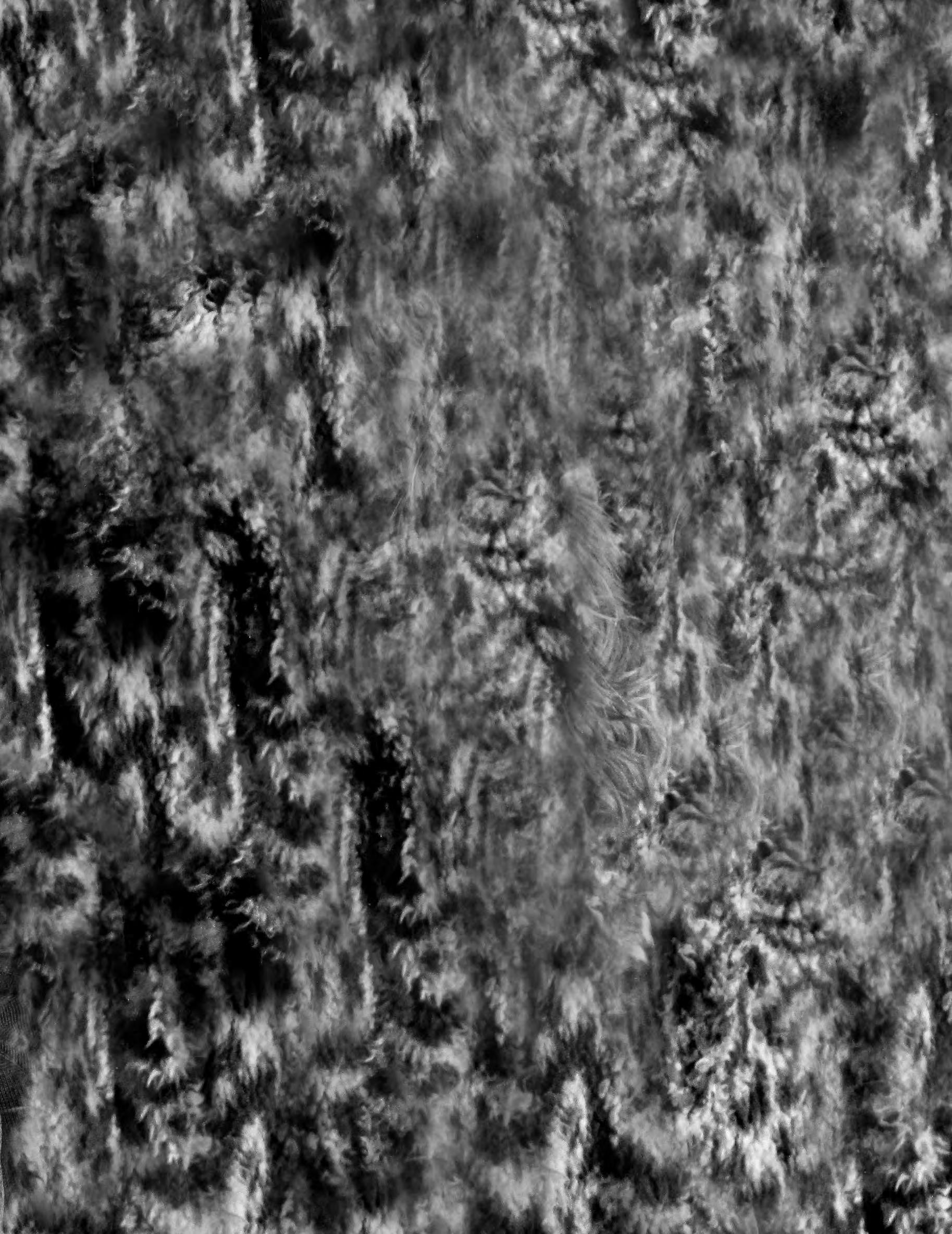
3 minute read
Texture in Fashion
from modmuze April 2023
by modmuze
Exploring the Element
By Sebastian Arias
Advertisement
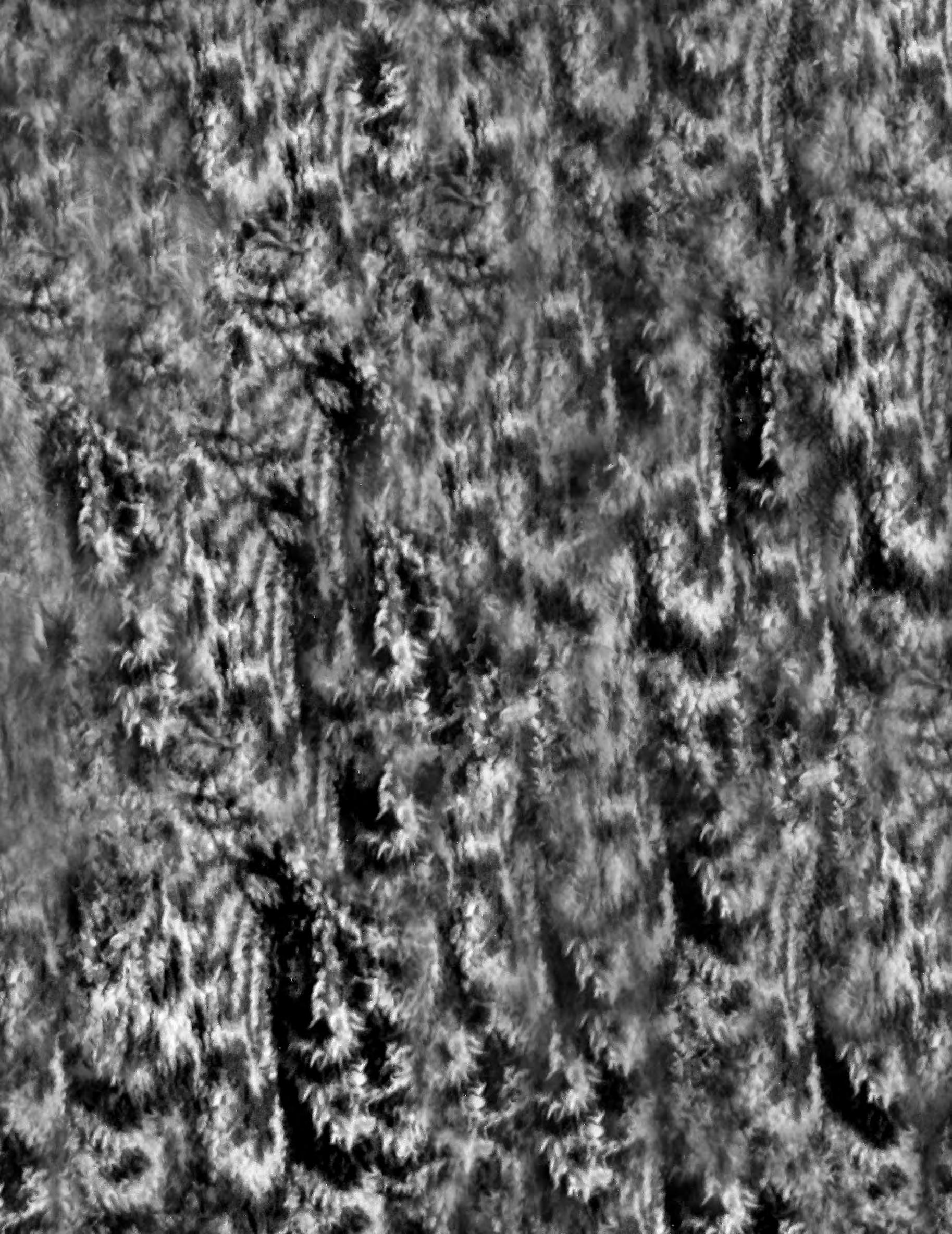
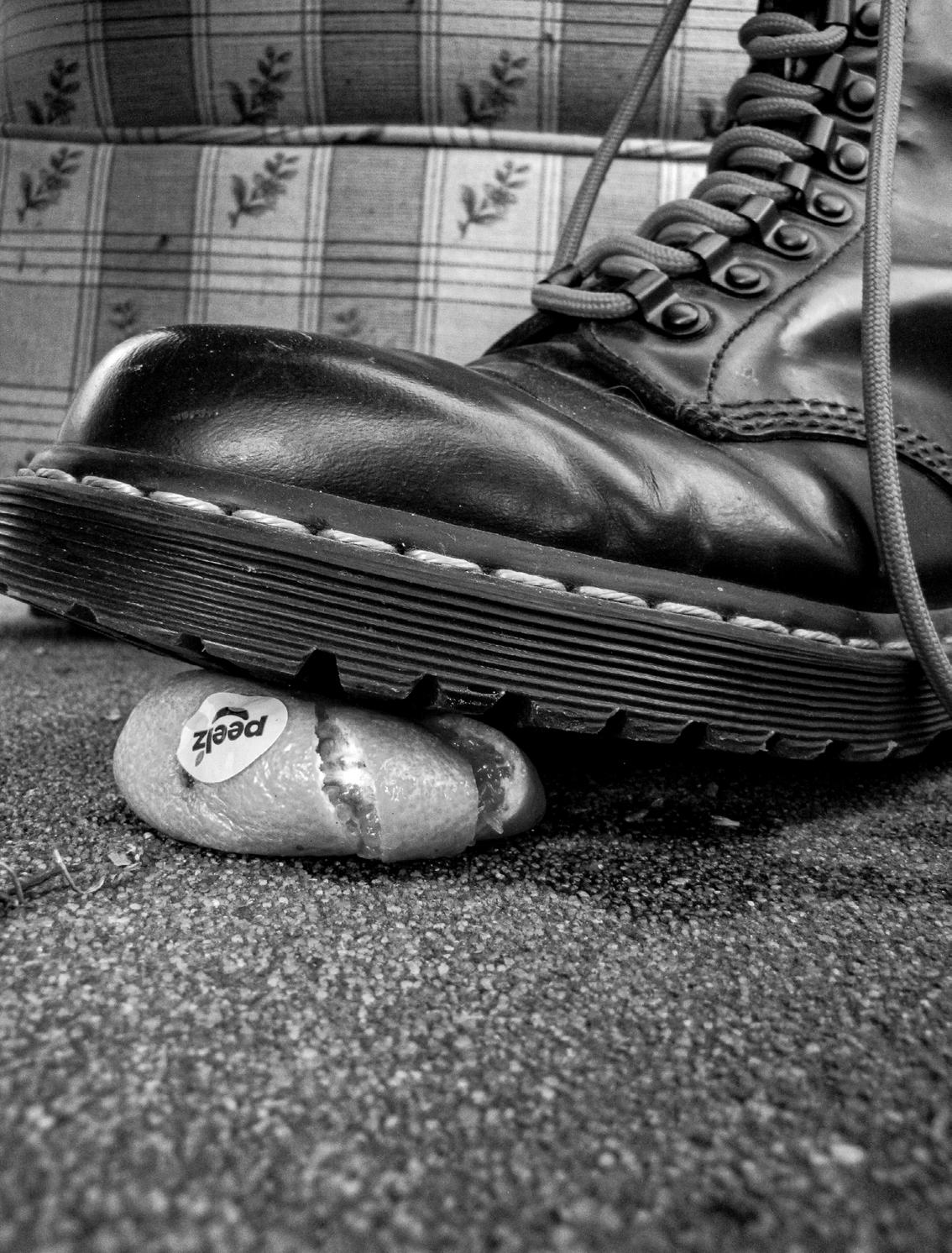
The occasion for the images in this spread is an attempt to highlight fashion texture in low-pressure settings, mostly through slightly unconventional pairings of subjects and their garments in everyday spaces that offer slight juxtapositions. There are images of ironic proximity, dogs in jackets and hoodies that are filled with unserious humor, yet also force us to directly face the fact that these furs and textures in fashion have to come directly from an animal’s back (in the case of real animal skins at least). These didn’t come from one individual shoot but are rather the best of a series of mini photoshoots taken across the span of a week inside of different homes. This was done to highlight the idea of texture in fashion in a general sense rather than to focus on one area in particular. It seems to be that the texture of fabrics can be overlooked past the question of “is it soft?”, and having the images in black and white forces the viewer to truly analyze the surface of the garment, as distracting qualities like color vanish. The main objective of these photos is to invoke the question of texture’s influence in day to day life.
Texture is a key element in the world of fashion. In the current era of athleisure in America, it can be argued that texture is the most important element for today’s fashion designer to consider when designing new garments. For the modern customer, comfort is not a want but a need, and with the number of options at our disposal today, it’s not surprising that modern customers won’t settle for less. The key characteristics in fashion texture that are most prevalent today include textiles that are soft, smooth and breathable. But let’s be real, fashion is more than just comfort for many. Fashion texture can range from scaly snakeskin, scratchy sheep wool or noisy polyester blends. Although artificial textiles made from synthetic fibers can offer unique texture, it’s primarily in natural textiles where the most interesting textures in fashion can be found, whether they come from plant based fibers or animal based ones. Plant based fibers include linen, hemp, and most importantly cotton. Cotton is one of the most important textiles in fashion today, as it’s one of the key textiles used in athleisure as well as staple fabrics that we see every day, such as denim and flannel. However, it’s animal based fibers that offer the most exciting texture in fashion. Unsurprisingly, when you picture the animals, some of the most popular examples of animal based fibers include alpaca, cashmere, wool, mohair and silk.
Texture in the world of fashion is not just about comfort and touch. Visual elements such as drape and the shaping of the fabric are just as important. The texture of a garment has range in its ability to inflate the silhouette of the wearer just as easily as it can hug the wearer and emphasize curvature on the silhouette. Yet oftentimes texture in fashion is something we never think of when analyzing the outfits of others.
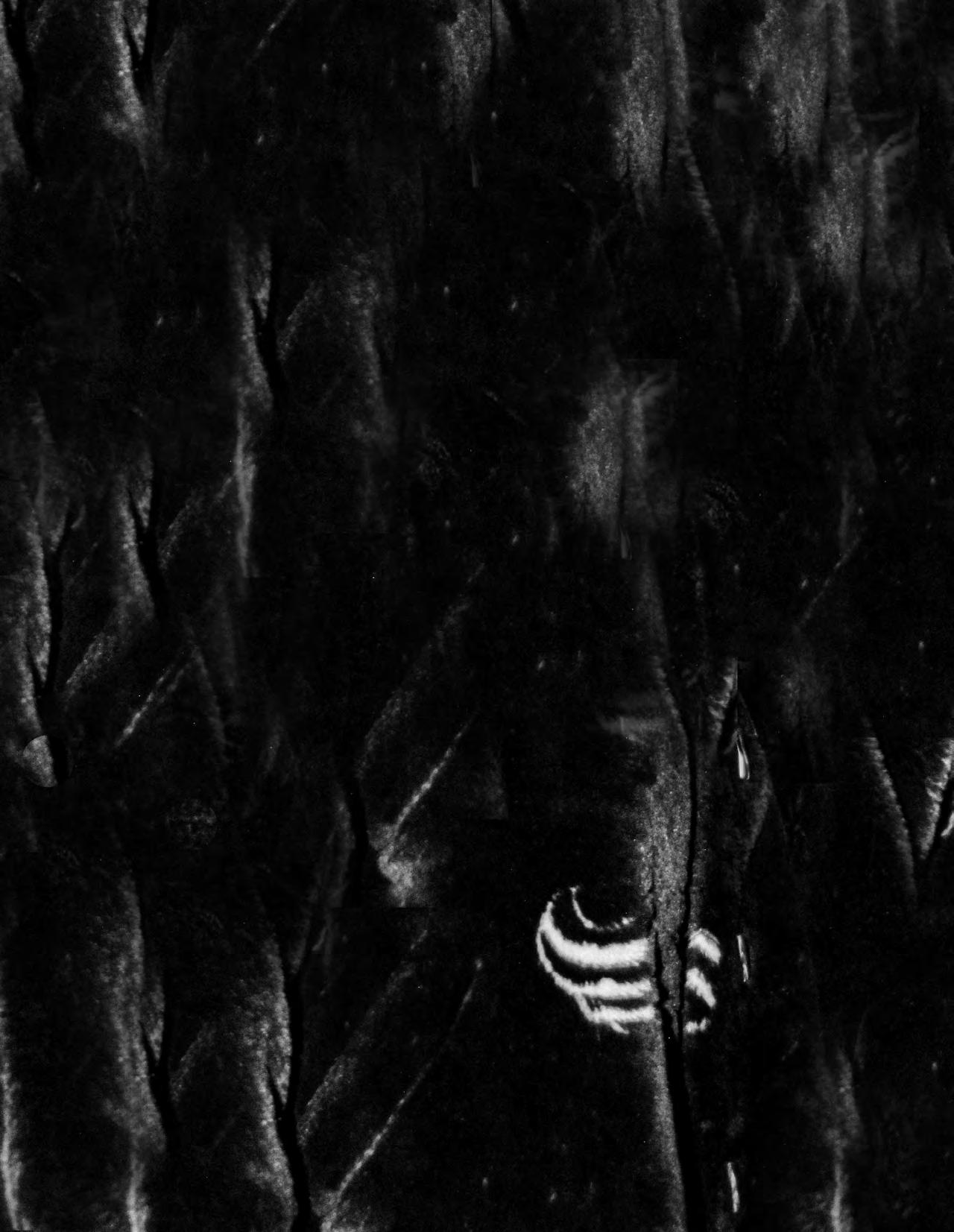
It has to be mentioned that the region where one is living in is an important factor for texture, as there is a big difference in what one would see somewhere in Scandinavia in contrast to a stroll through Stillwater, Oklahoma. Climate and cultural factors would lead to a much stronger impression of texture in Scandinavia than in Stillwater, as fur jackets and cashmere coats are more eye-catching in comparison to cotton t-shirts and dri-fit shorts.
It would be easy to write off Stillwater, even Oklahoma as a whole, as a desert for fashion texture. Athleisure dominates typical campus fashion, but if I went to the library this evening, I would spot shiny, sleek dresses, as well as gathered, bubbly dresses or bunched, stout dresses on girls taking senior photos. I guarantee you that I could find rugged denim and firm straw cowboy hats on a walk down the strip. So, occasion must be considered and cannot be overlooked when talking about texture in fashion.
In all actuality, southern tinue to inspire day to day fashion trends, and living in a post COVID world where things have slowly grown more remote, it’s a desire that will only continue to grow. It’s not the visual factors of colors and drape of clothes that dictate the trends yet to be seen; it is the texture and the directly correlated comfort that comes with it that is the unsung hero to whatever fashion evolutions we see next in the future.
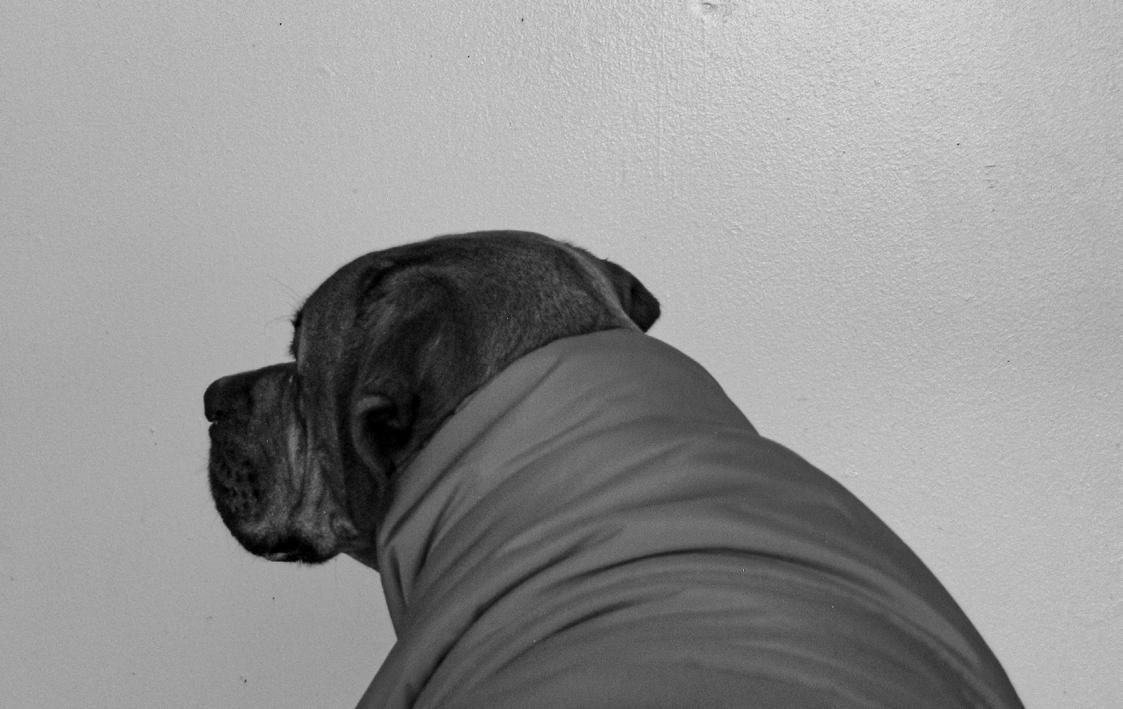
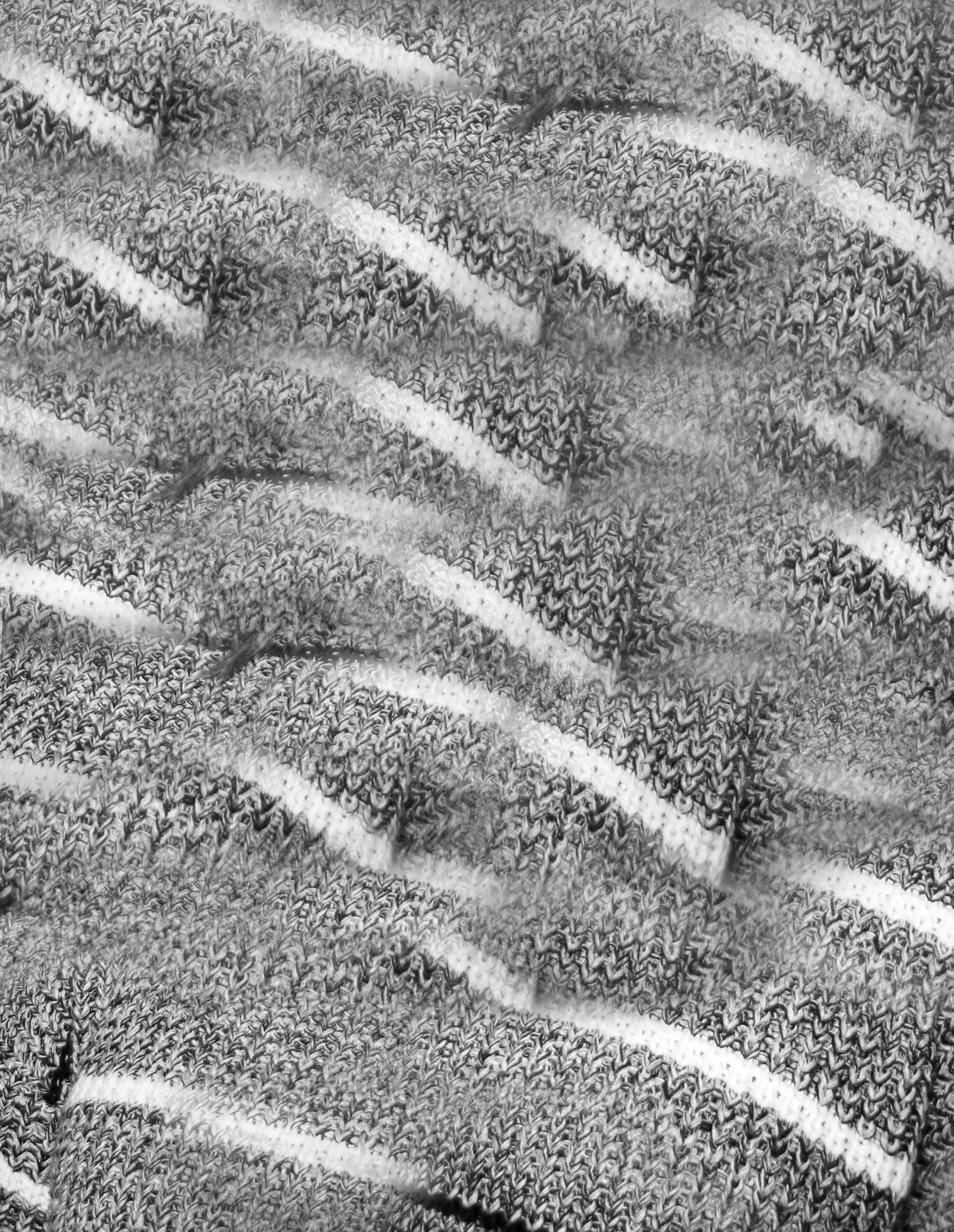
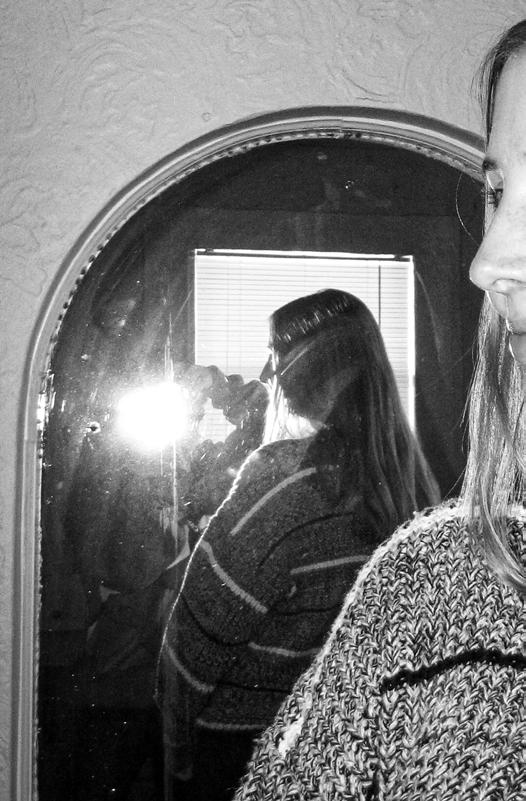
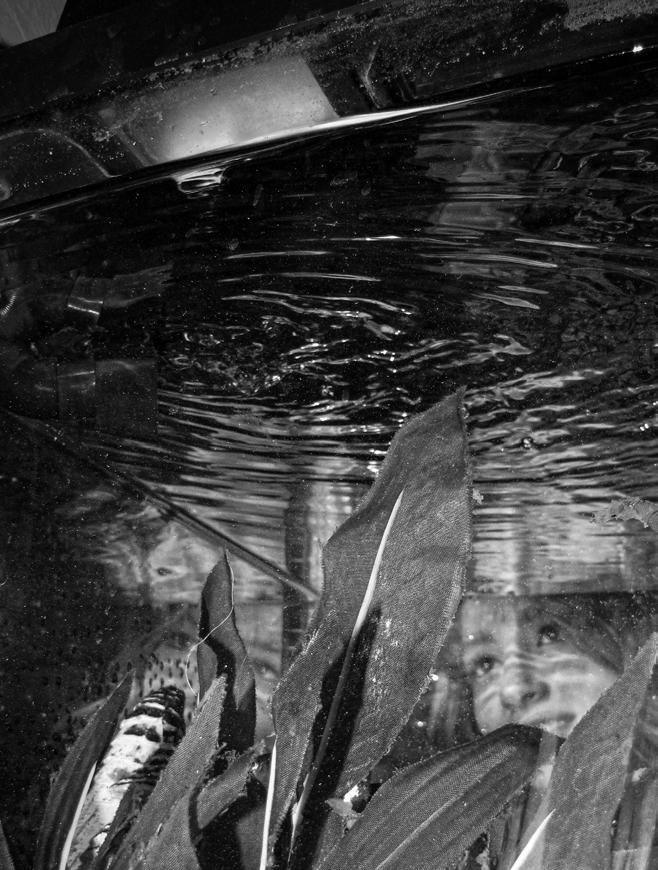
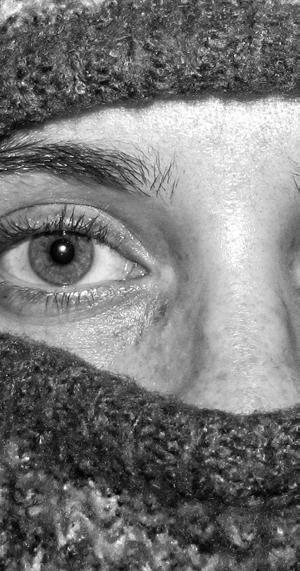
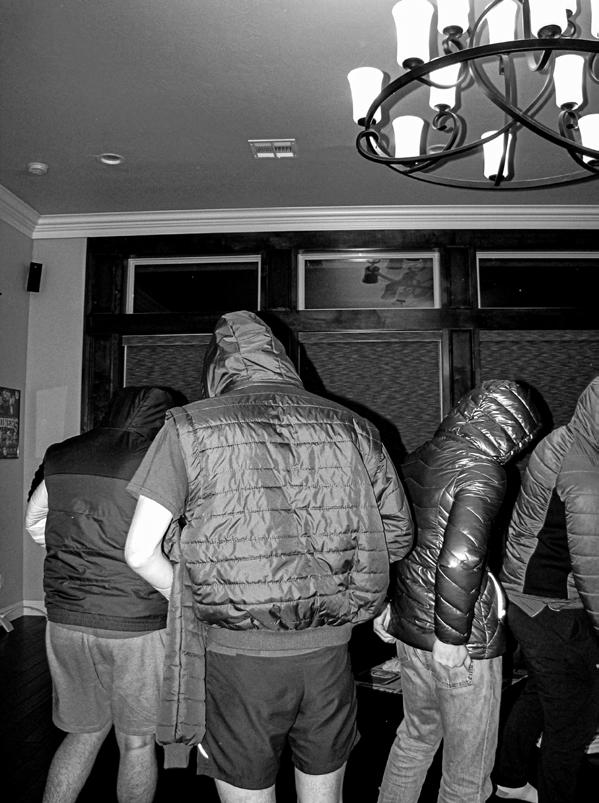
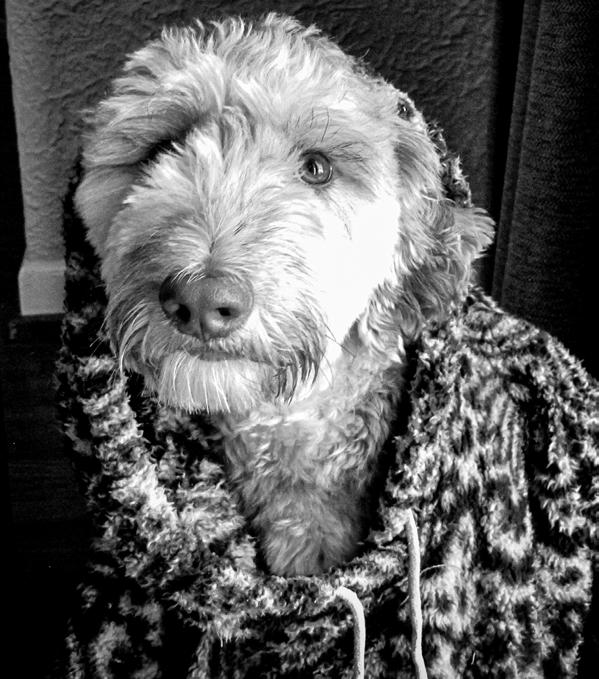
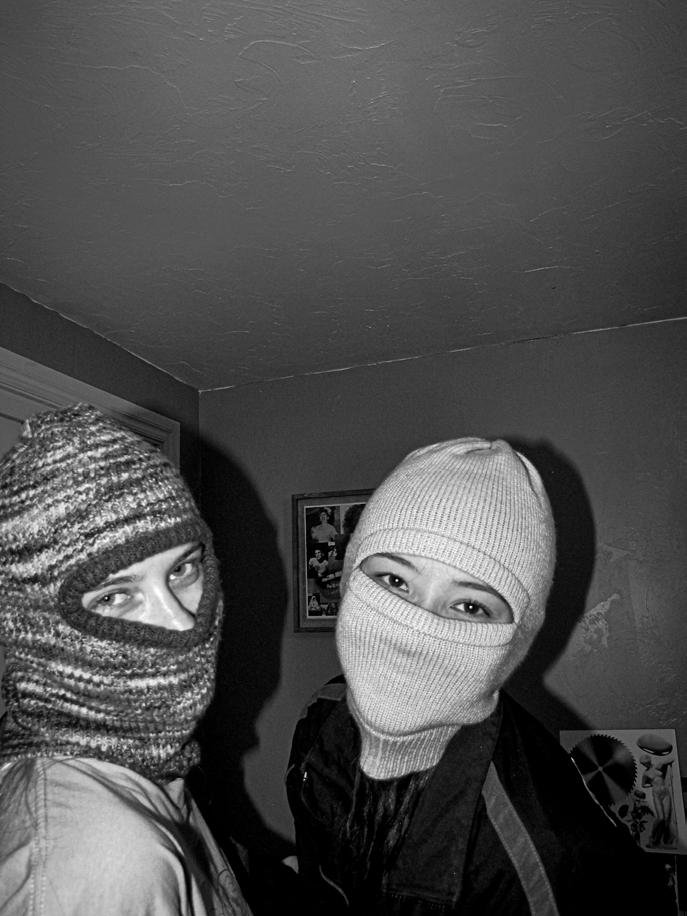
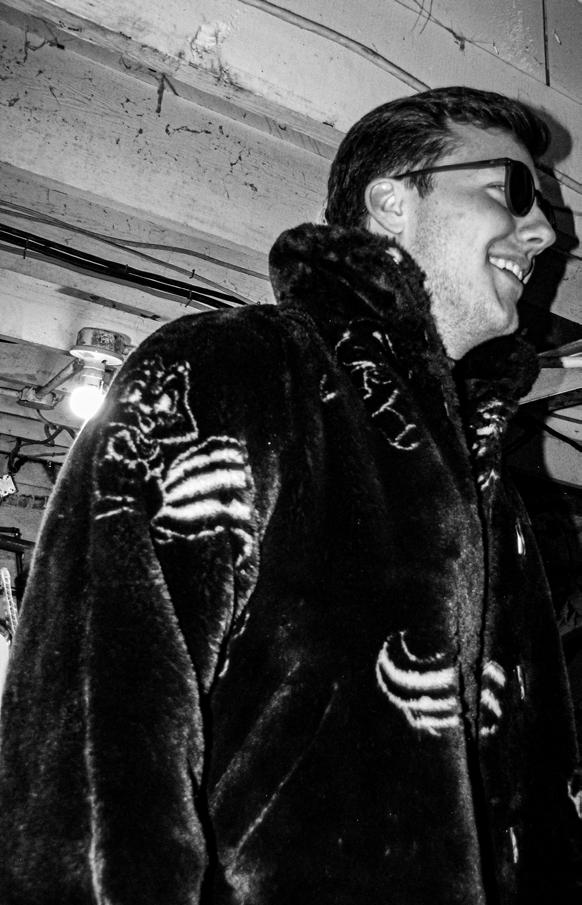
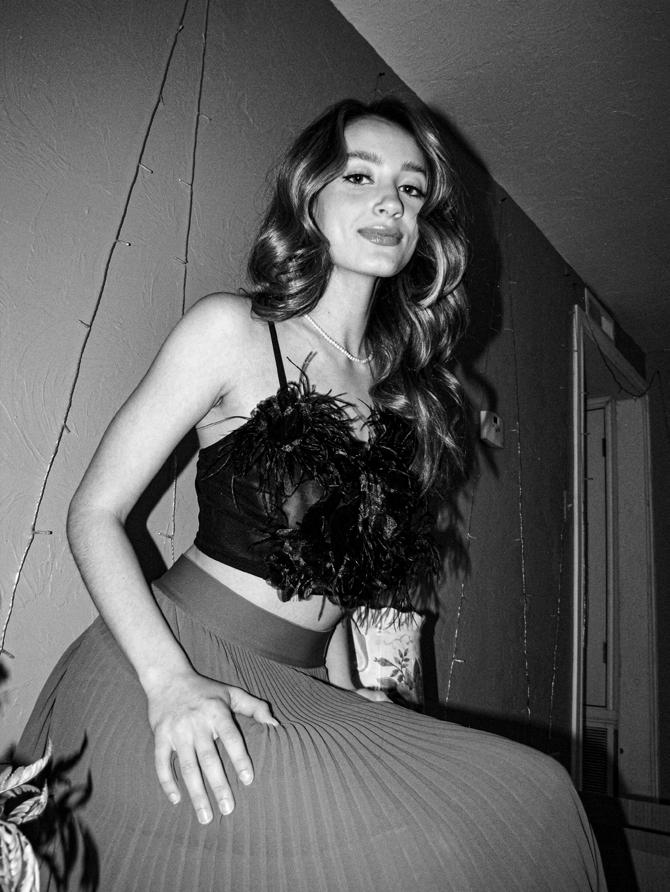

The New Woman was a term that emerged in the early 1900s in the modernist literature movement during and after World War 1. Women were being asked to fight and step out of the everyday role they knew. They were being asked to push their limitations and create a different idea of what a woman could be, so they did. They created the New Woman. The New Woman represented the girl who didn’t belong to society. She stood out on purpose. She worked against the restrictions limiting her freedom and control of her own life. She was pushing the boundaries of a typical housewife and becoming a symbol of what women could be. The New Woman was represented in poems, books, magazines, pictures, posters and more, using a cigarette. The cigarette became a way for women to defy the expectations








